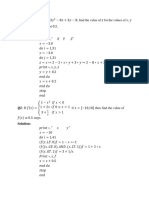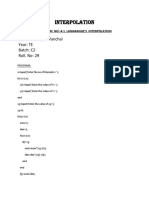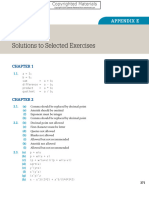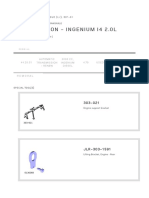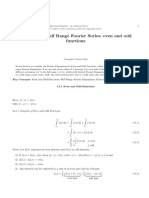0% found this document useful (0 votes)
35 views17 pagesMatlab Practicals
The document provides MATLAB solutions for a series of programming questions, ranging from basic tasks like printing text and plotting graphs to more complex operations such as numerical integration, solving equations, and matrix manipulations. Each question includes a brief description followed by the corresponding MATLAB code. The solutions cover a variety of mathematical and computational concepts, demonstrating the versatility of MATLAB for solving engineering and mathematical problems.
Uploaded by
pratikthunbreakableCopyright
© © All Rights Reserved
We take content rights seriously. If you suspect this is your content, claim it here.
Available Formats
Download as DOCX, PDF, TXT or read online on Scribd
0% found this document useful (0 votes)
35 views17 pagesMatlab Practicals
The document provides MATLAB solutions for a series of programming questions, ranging from basic tasks like printing text and plotting graphs to more complex operations such as numerical integration, solving equations, and matrix manipulations. Each question includes a brief description followed by the corresponding MATLAB code. The solutions cover a variety of mathematical and computational concepts, demonstrating the versatility of MATLAB for solving engineering and mathematical problems.
Uploaded by
pratikthunbreakableCopyright
© © All Rights Reserved
We take content rights seriously. If you suspect this is your content, claim it here.
Available Formats
Download as DOCX, PDF, TXT or read online on Scribd
/ 17




